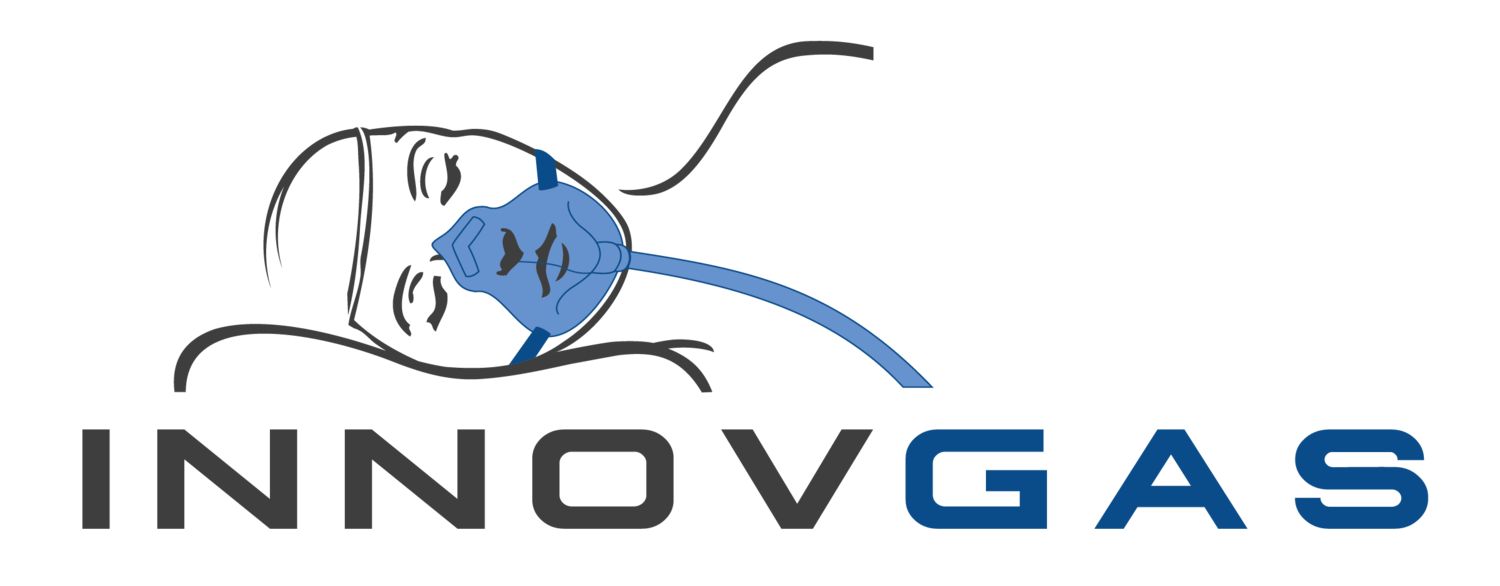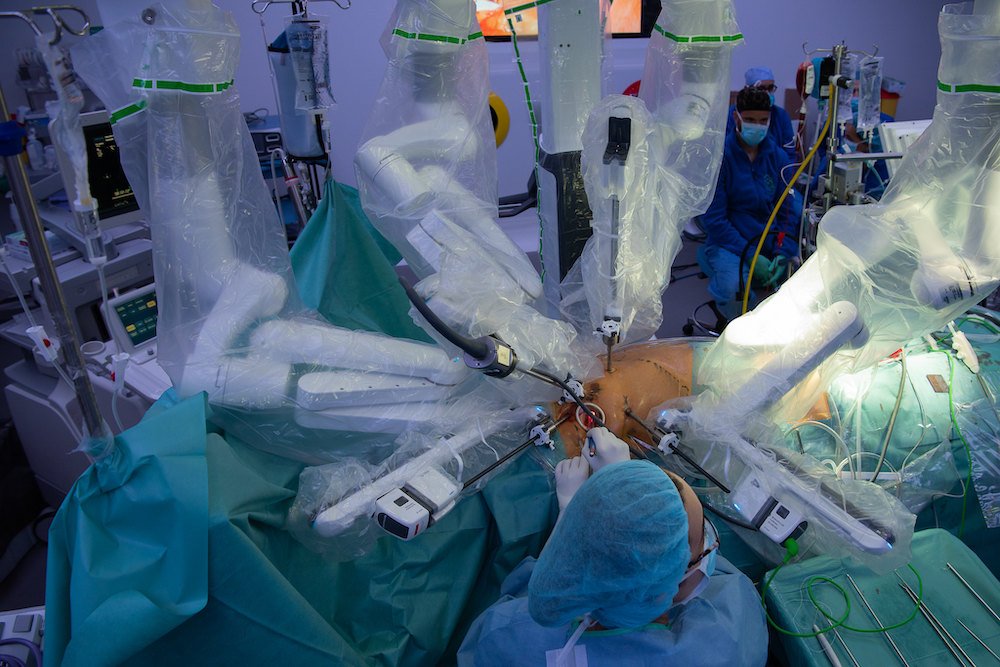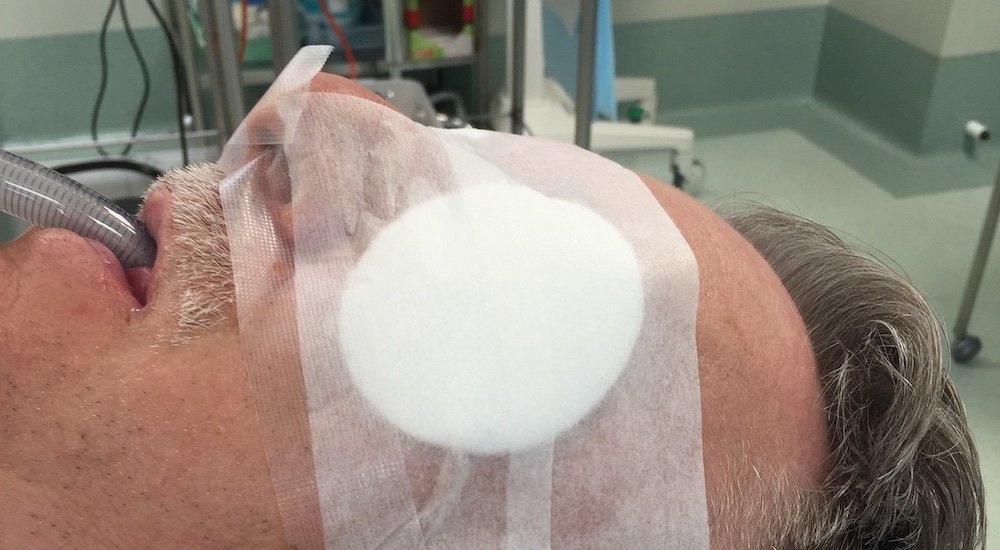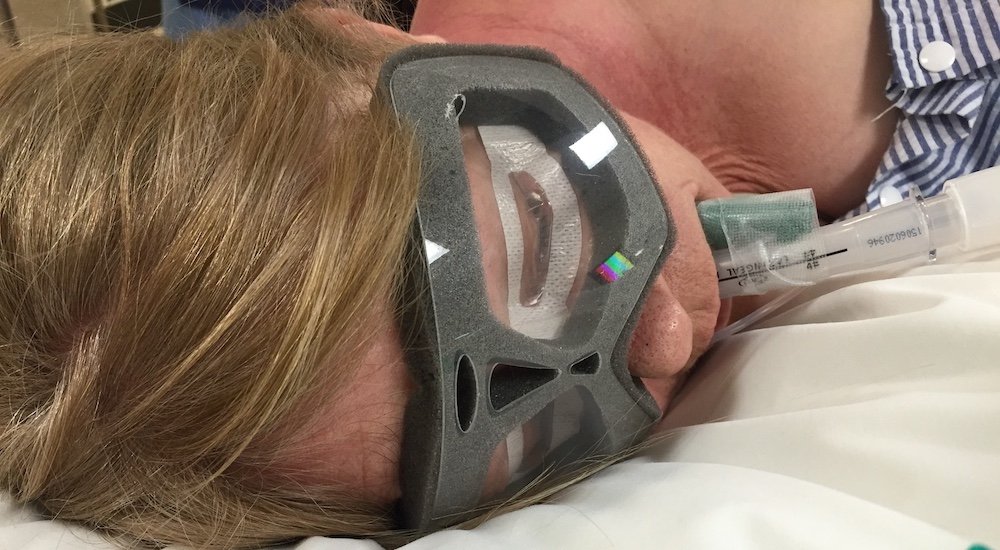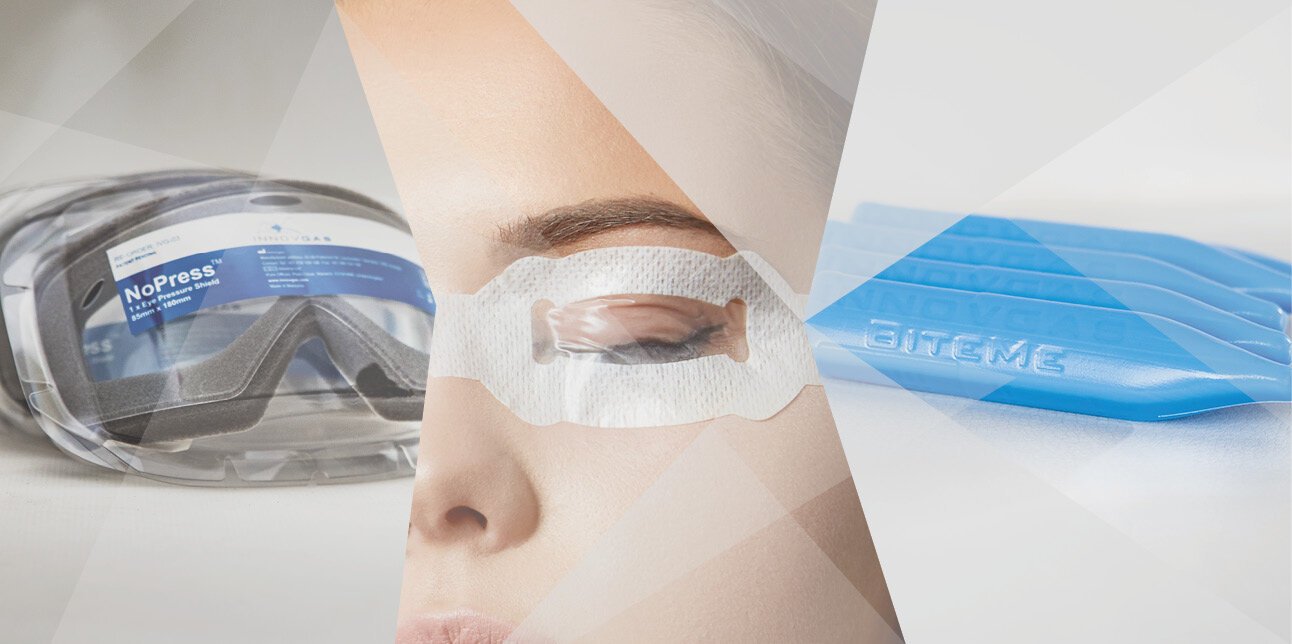The Rise of the Robots
Krankenhaus der Barmherzigen Schwestern, is licensed under CC BY-SA 4.0, via Wikimedia Commons
In 1921 the Czech Author Karel Capek didn’t realise the impact he was going to have on the world when he wrote the play“ Rossum’s Universal Robots”
The term robot is derived from the Czech word, robota, meaning serf or labourer. Capek’s play was a protest at the rapid growth of modern technology, and he described an evolution of robots with increasing capabilities and the eventual revolt of these robots against their human counterparts. Accidentally, Capek introduced the term robot to the world and so began a public fascination with them. The American science fiction author Isaac Asimov popularised robotics in a collection of short stories published between 1938 and 1942. Robots became science fact in 1958 when General Motors introduced the Unimate to help on its car production line.
Since that time, the application of robotics to industry has exploded and it was only a matter of time before the medical world took an interest. In fact, it only took 27 years.
Three main types of robotic systems have been developed for use in surgical procedures
Active systems. These systems conduct pre-programmed tasks and can get on with the task whilst being supervised by a surgeon.
Semi-active systems. These are also pre-programmed but do have a surgeon input.
Master–slave systems rely entirely on surgeon input. The surgeons hand movements are transmitted to surgical instruments inside the patient’s body.
To begin with, active systems were developed, and the first robotic surgical procedure was conducted by Y.S Kwoh in the USA who used a Puma 560 robotic system, similar to the Unimate to undertake neurosurgical biopsies with greater accuracy. Three years later, a transurethral resection of the prostate was conducted using the Puma 560. This system eventually led to the development of Probot, a robot designed specifically for transurethral resection of the prostate. At the same time, a second system called Robodoc was developed. This system was designed to machine the femur with greater precision in hip replacement surgeries. Robodoc was the first surgical robot approved by the FDA.
Semi-active systems have involved two approaches
In some, the surgeon guides the instrument to the surgical site and then the robot takes over. Good examples are Acrobot and Rio, which were developed for use in hip replacements. The drill bit at the tip of the robotic arm is moved by a surgeon's hand, but it does not move outside of a milling path boundary, which is defined according to three-dimensional image-based preoperative planning. In a second approach, the pre-programmed element guides the surgeon to the surgical site where they perform the operation. This has only become possible with the development of computed tomography, imageless navigation, and fluoro-navigation.
The most well-known example of a master slave system is the Da Vinci robot
Da Vinci robot during surgery
The robot was approved by the FDA in 2000 for use in general laparoscopic surgeries. The da Vinci Surgical System comprises three components: a surgeon’s console, a patient-side robotic cart with four arms manipulated by the surgeon (one to control the camera and three to manipulate instruments), and a high-definition 3D vision system.
Articulating surgical instruments are mounted on the robotic arms which are introduced into the body through small incisions. The surgeon’s hand movements are scaled and filtered to eliminate hand tremor then translated into micro-movements of the proprietary instruments. The camera used in the system provides a true stereoscopic picture transmitted to a surgeon's console. The Da Vinci system, which is now available in 4500 healthcare establishments globally and is the dominant robotic platform in use. Today, the system is used in a variety of surgical procedures including prostate cancer, hysterectomy and in various cardiac procedures such as mitral valve repair, ASD closure and LV pacing lead implantation. A number of other systems similar to the Da Vinci robot have been introduced including Avatera, Hinotori, Revo-i, Senhance, Versius, and Surgenius.
Robotic surgery will continue to develop and a number of trends are emerging
Firstly, the existing Da Vinci platform continues to be developed to improve their capabilities. Robotic arms will become smaller and smaller and also more flexible. Increased use of haptic feedback together with augmented reality navigation which will lead to greater surgical accuracy. I must also mention the developing field of natural orifice transluminal endoscopic surgery or NOTES. Using an endoscope, the surgeon enters the body through the mouth or anus and then through the gastrointestinal wall to perform the surgery. There are no incisions made in the patient’s body. The introduction of robotic platforms will ultimately make this approach more accurate. Finally, there is the increasing use of artificial intelligence with robotic systems and highly qualified surgeons which can only lead to better outcome for patients.
In around one hundred years robots have developed from this green chap on the left.. to the sophisticated Da Vinci machines we see all around the world on the right.
Da Vinci Sistema Kirurgikoa, is licensed under CC BY-SA 4.0, via Wikimedia Commons
What hasn’t kept pace with this development is eye protection for the patient. There are cables and other leads draped across the patient. There are robotic arms being used and staff tend to be focussed on the machine and not necessarily the patient. Unbelievably, a surgical eye covering is used like below.
This provides no protection at all. The patient’s eye is at risk of a blunt trauma or external pressure being applied by a lead resting on the eye.
Dr Andrew Wallis, a practising anaesthetist, and the founder of Innovgas realised something better was needed. So, he invented NoPress which is an eye pressure shield designed to completely protect a patient’s eyes.
Author: Niall Shannon, European Business Manager, Innovgas
This article is based on research and opinion available in the public domain.
Interested in a Free Sample?
Free samples of NoPress, EyePro & BiteMe available upon request.
Conditions apply.
